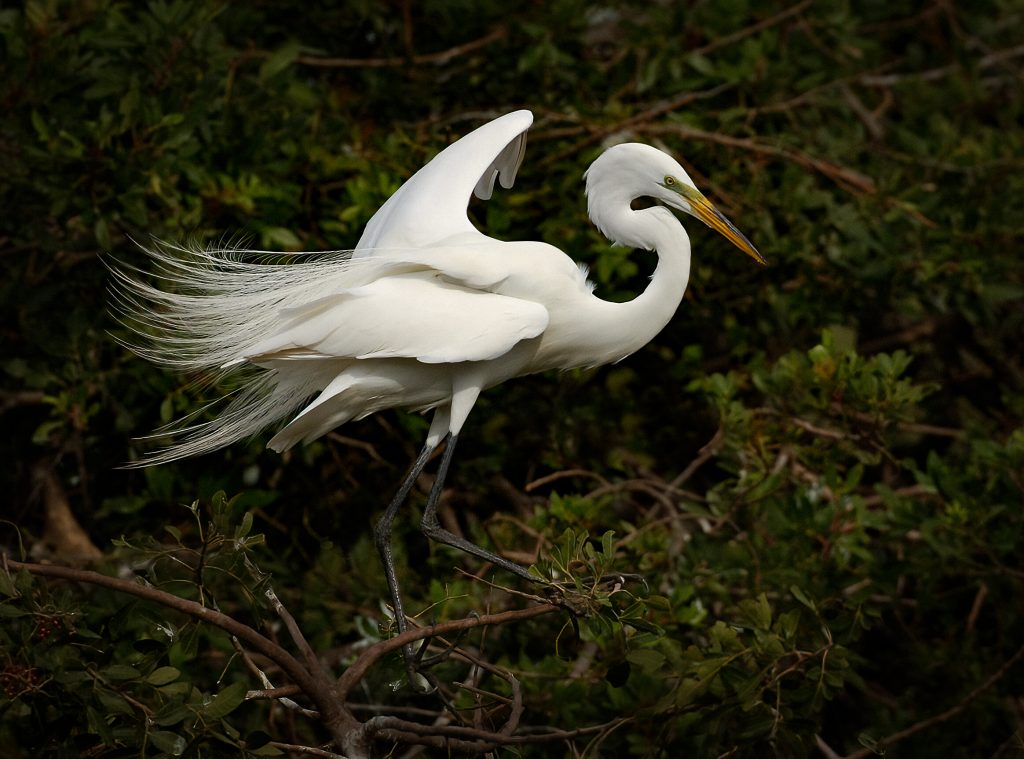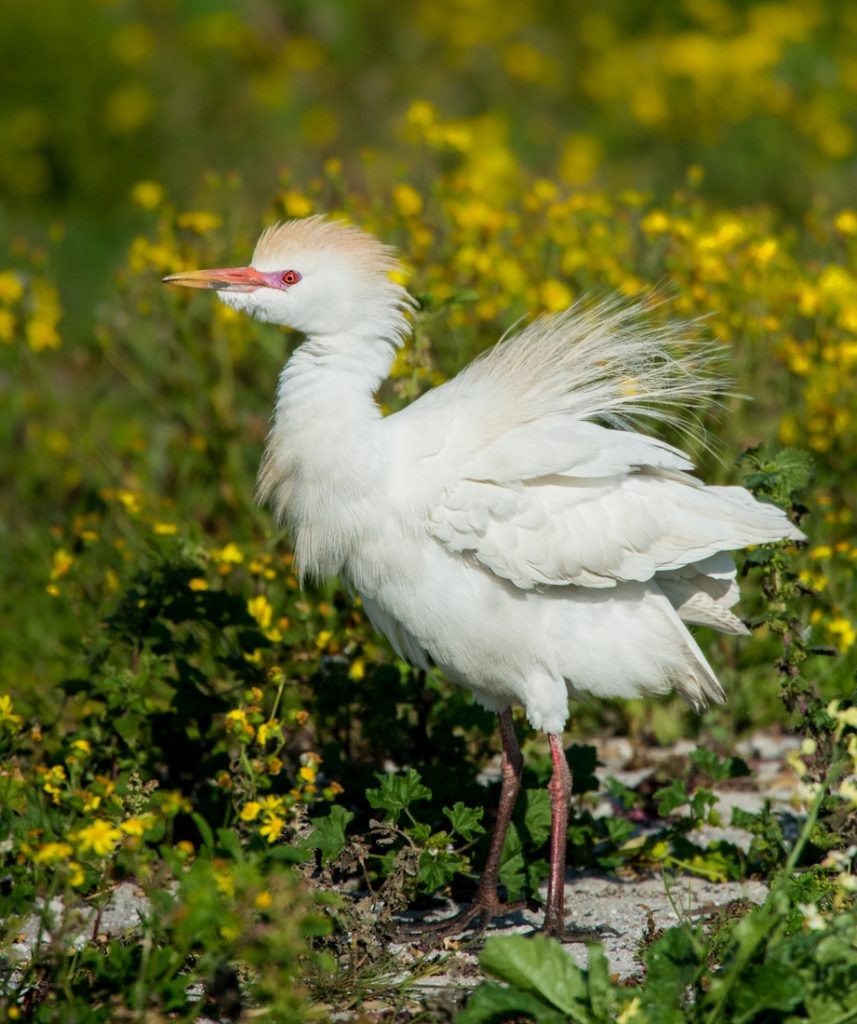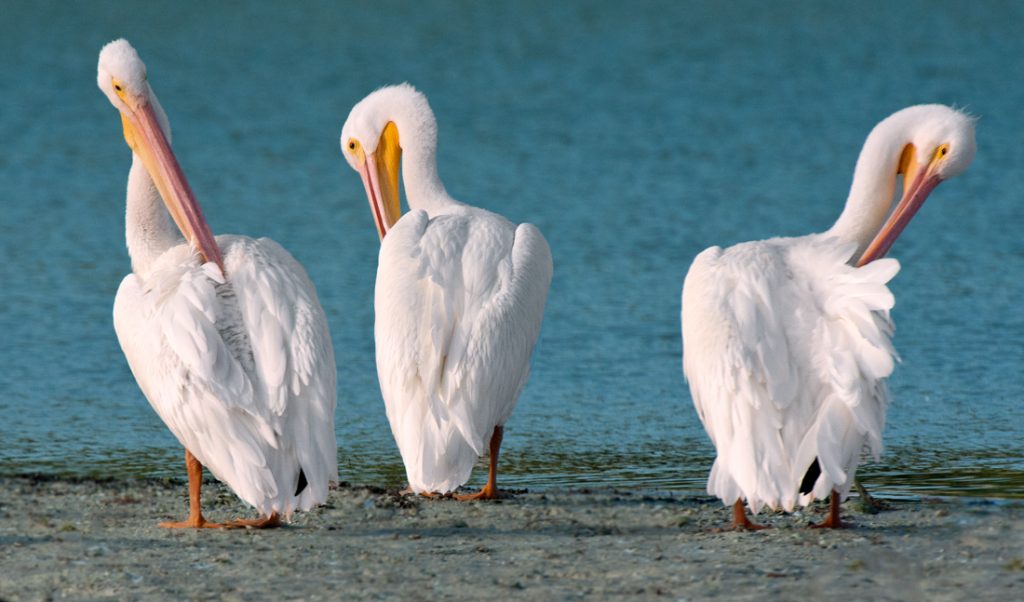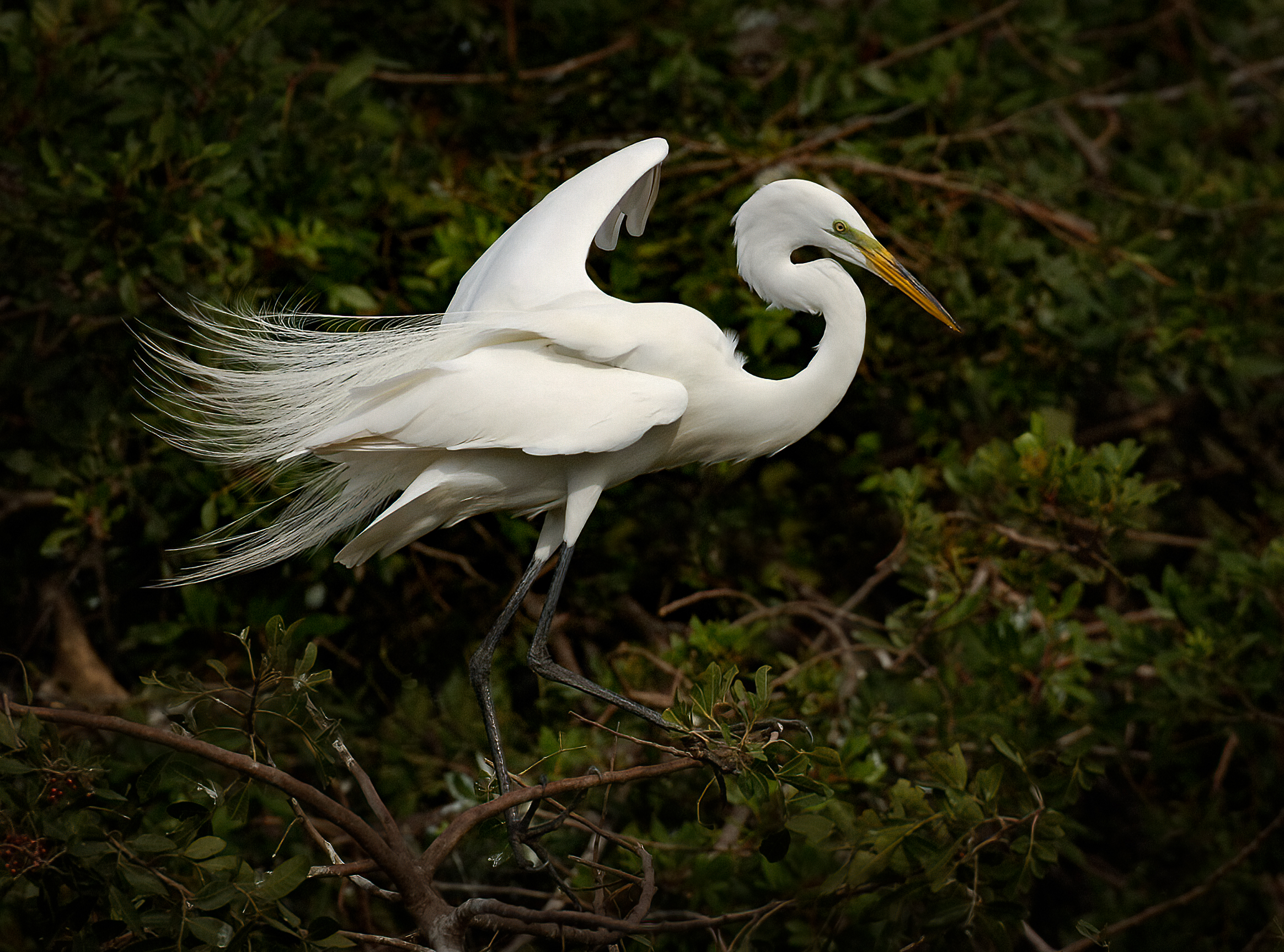
White is a clean, fresh, peaceful palette, but it can be a challenge to photograph. There are many shades of white, and capturing each hue from the crispest, cleanest white to a rainbow of whites tinted with all different colors can be difficult. It is those details and subtleties of color, however, that make white birds so magnificently beautiful.
Backgrounds Can Make All Birds Come Alive
Clever use of backgrounds can help make white birds truly stand out. A dappled or shadowy background, for example, sets up a contrast so each subtle tint can be seen without washing out the bird. Because a bird’s white plumage is eye-catching, it will be a fabulous focal point even against a colorful background that could otherwise be too cluttered or distracting.
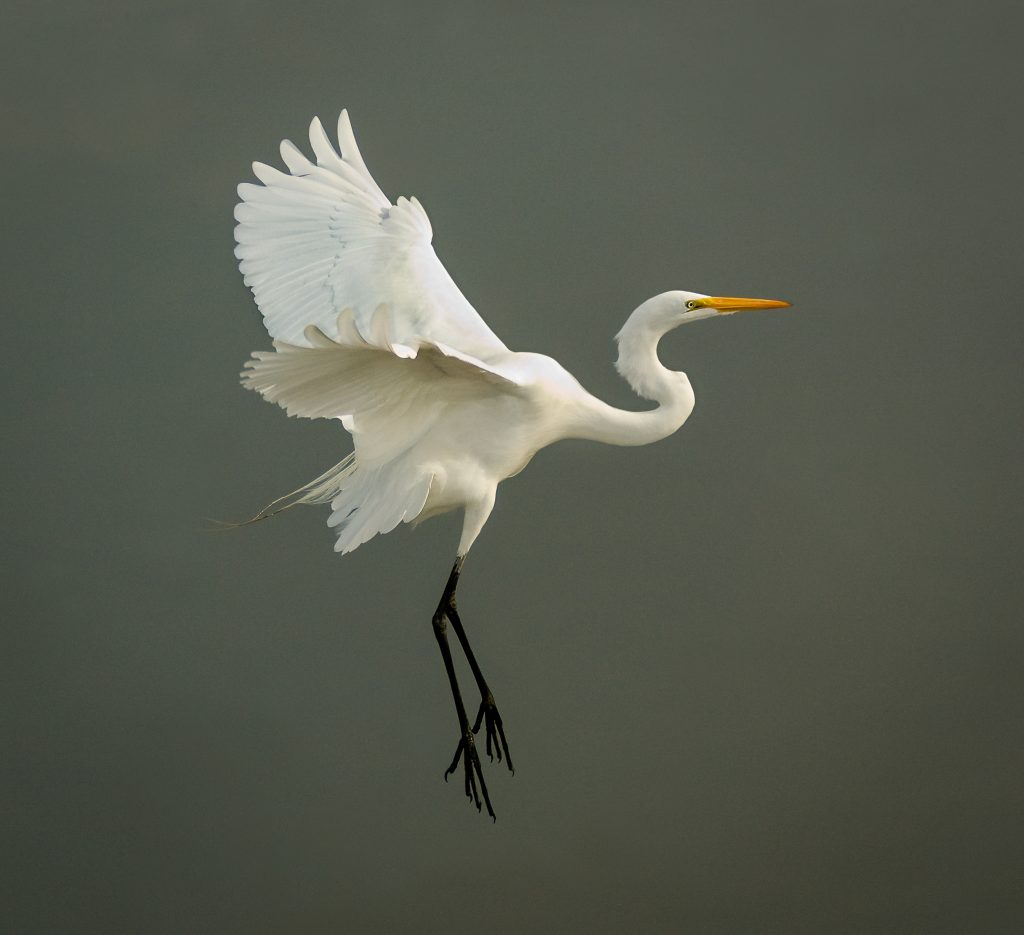
At the same time, it is important to avoid too much stark contrast, especially with shadows. A very sharp, abrupt contrast leaves a harsh impression and takes away from the peacefulness of the bird’s coloration. Soft lighting typically works best with white birds.
See Beyond the Color in Bird Photography
When birds have such simple colors as white, you truly have to see beyond just the color. You start to see the intriguing textures and shapes of the bird, as well as the tension in its posture and the intelligence in its eyes. This can help refine your bird photography skills, as you work harder to get that perfect shot that really amplifies the bird.
Slower shutter speeds and less flash are great techniques for photographing white birds. This will help capture fine details without too much brightness or overexposure. Patience is also essential because as light levels change minute by minute, different details and subtle colors on the bird will appear. Noticing how the light changes can help you work with techniques such as backlight through the wings, which can create a stunning, ethereal effect.
Practice Makes Perfect When Photographing White Birds
It takes practice to successfully photograph a white bird, but the more practice you have, the more you’ll see the richness of white and the beauty of white birds. As you study the bird through your lens, you’ll gain a deeper appreciation for just how lovely even a simply-colored bird can be. As others see the beauty in your photos they will gain their own appreciation of these deceptively simple birds.
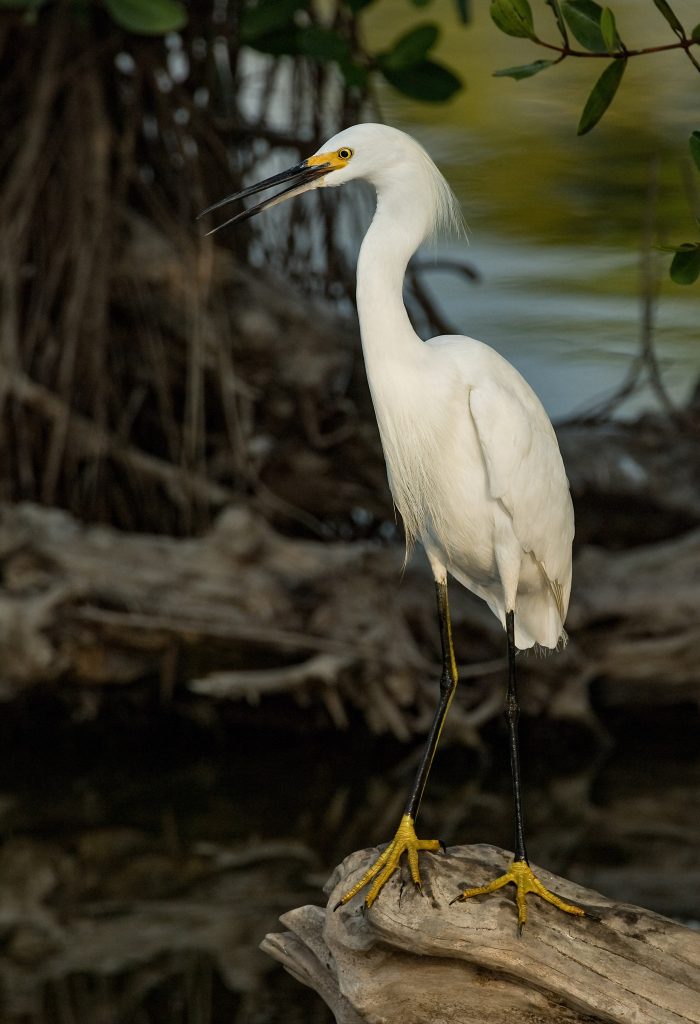
That appreciation is what matters most. The more we appreciate every bird – even those without bold colors – the more we will cherish and protect them so their beauty can enchant new generations of birders and bird photographers.



